A retrospective look at Volume One:Ballads
3September 14, 2009 by gadaya
Now that i came at the end of the first volume of of the Anthology i want to look back on the subject of ballads and at the sequencing of the songs chosen by Harry Smith. We have to keep in mind that the Anthology isn’t just a good collection of 78rpm records of American Folk Music, it’s first of all the creation of an artist/collector who wants to reveal some recurring patterns in this old records that tell us profound things about America and the american experience. In his interviews, Harry Smith spoke about the Anthology as a well-structured collection, made in four parts (he actually never finished editing the fourth one but Revenant records issued his selection of songs a few years ago) each part having his own theme and its own colour connected to one of the four elements (Air, Fire, Water and Earth). Smith’s family was deep in theosophy and occultism and it influenced him a lot in his life and in his work. In many ways, he made the Anthology a unique object; in the front cover of each record was a ancient drawing of “The Celestial Monochord” (also the name of an important blog about the Anthology) showing the hand of the Creator tuning it. The booklet also had a unique design, full of little images and drawings of animals, objects, musical instruments. The pictures of the musicians found on the pages of the booklet looked like they sounded, from another age, from another world gone by. The core of the booklet was a numerical listing of each track, with a newspaper like headline resume of the subject or the lyrics of each song with some notes, bibliography and discography. There was also an alphabetical index, a bibliography and a foreword and afterword by Smith and by Moses Ash, creator of Folkways Records. The record company, created after World War 2 by the son of the famous Yiddish writer Sholem Ash, had the ambition to cover all the world’s musical traditions, including sounds of nature, speeches and voices of poets, writers, politicians, etc…, all that could be recorded on disc and had an interest for the knowledge of humankind. In 1952, with the advent of the long-playind disc, it was now possible to put several tracks on each side of a record. Harry Smith, who had started collecting old records when he was a teenager, wanted to sell to Ash his huge collection of 78rpm records. Ash proposed him instead to compose an Anthology which would represent different aspects of American folk and vernacular music. Until the Anthology came out, american folk music was studied only through transcriptions of old ballads made by folklorists like Francis Child and Cecil Sharp or by field recordings made by people like John and his son Alan Lomax. To the serious folklorist, the “hillbilly” and “race” records issued by commercial recording companies in the 1920’s and 1930’s were not considered enough “authentic” material to a proper study of folklore. But it took an excentric artist like Harry Smith, on the marge of the academic world, to reveal the fascinating world that was hiding behind the grooves of this old records.
Ballads
The term “Ballad” (derived from the old french word for medieval dance songs) usually means a narrative song that tell a a concise story through imagery rather than litteral description. More often than not ballads are telling tragic love stories but they can have also comical, religious or historical topics. They were passed down orally from generation to generation in the British Isles since medieval times and many immigrants to the New World took them and continue to sing them there, especially in the appalachian mountains. The melodies and words were sometimes changed and altered with time and new stories and events were transformed in songs in the ballad form (folklorists call them “Native american ballads”). With the rising and popularity of the print paper, songs were put on cheap sheets and distribued in the towns and cities. Called “Broadside ballads”, they included many of the traditional themes of the older ballads like love, legends, murder, religion but every event that catched the attention and imagination of the folks could be put in the song format. Next to the words, the most-often anonymous author would sometimes indicate that the song can be sung with a certain melody from another popular song and with time, the new ballads were included along with the old ones in the repertoire of folk singers.
Harry Smith start his anthology with americanized versions of the old ballads from the British Isles found in the repertoire of old-time singers. All the first selections are derived from longer ballads collected by Francis Child. “Henry Lee” came from Child no.68 “Young Hunting” (Harry Smith said that he didn’t like so much the Dick Justice record but it had the lowest number of the Child Ballads so it had to come first…) “Fatal Flower Garden” from “Sir Hugh”, “The House Carpenter” from “James Harris/The Daemon Lover”, “Drunkard’s Special” from “Our Goodman”, “Old Lady and The Devil” from “The Farmer’s Curst Wife”. “The Butcher Boy” is an amalgation of two english ballads from the 18th century, “The Cruel Father” and “There is an alehouse in yonder town”. “The Wagoner’s Lad” is made of floating lyrics found in other folksongs. “King Kong Kitchie Ki-Me-O”, a version of the famous “Frog-went-a courtin'” can be traced back to an entry in a 1580 register of the London Company about “A Moste Strange Weddinge of the Frogge and the Mouse”. Versions of “Old Shoes and Leggins” can be found in british and scottish folk songs collections.
With “Willie Moore”, Harry Smith shifts to “Native American Ballads”, ballads that were found only in the New World. These new ballads have many things in common with their older european relatives in styles and topics but the emergence of a new industrial world of factories, trains, ships, the influence of african-american music and speech made this kind of songs typically american. Ballads about murdered girls (Willie Moore,Omie Wise), outlaws and criminals (Cole Younger,Charles Guiteau, John Hardy, Stackalee, Frankie), trains and ships accidents (The Titanic, Engine 143, Kassie Jones), farmers and workers’s struggle against hard times (A lazy farmer boy, Peg and awl, John Henry, Down on Penny Farm, Mississippi Boweavil, Got the Farm Land Blues) formed this new repertoire of folk songs that are in the same time extremely specific of certain times and places but also the most universal and timeless tales of the human condition ever put in the song format.
The sequencing of the songs by Harry Smith is very elaborate and carefully made as many links and relations appear from one song to another. Apart from the related topics and themes described above, some songs can also be put together for their humor and wit (Drunkard’s Special, Old Lady and the Devil, King Kong Kitchie Ki-Me-O, Old Shoes and Leggins, A lazy farmer boy, Peg and Awl, John Johanna) or for their musical similarities ( The “modal” quality of the old love ballads, the “Black Ballads” and their similar proto-Blues structure, etc…) Many other less obvious and mysterious links can appear with time for the attentive listener and for those who see the Anthology not as just a good collection of songs but a world in itself, a world some would call “Harry Smith’s World”, “Smith’s Memory Theater”or “The Old, Weird America”.
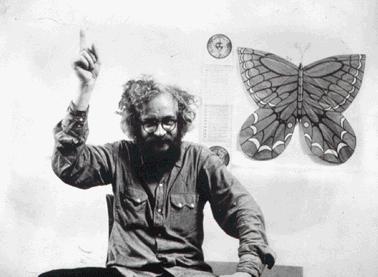







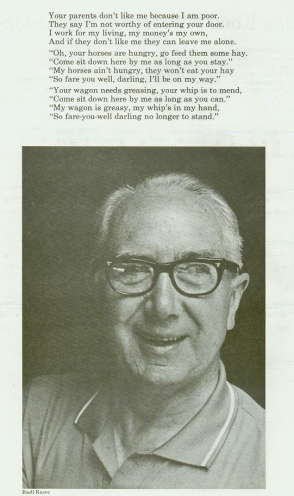

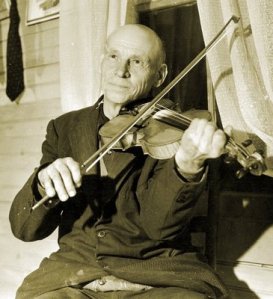


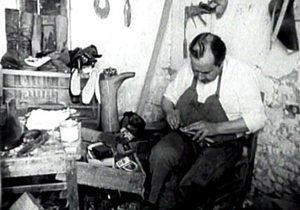
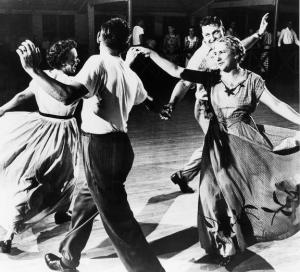
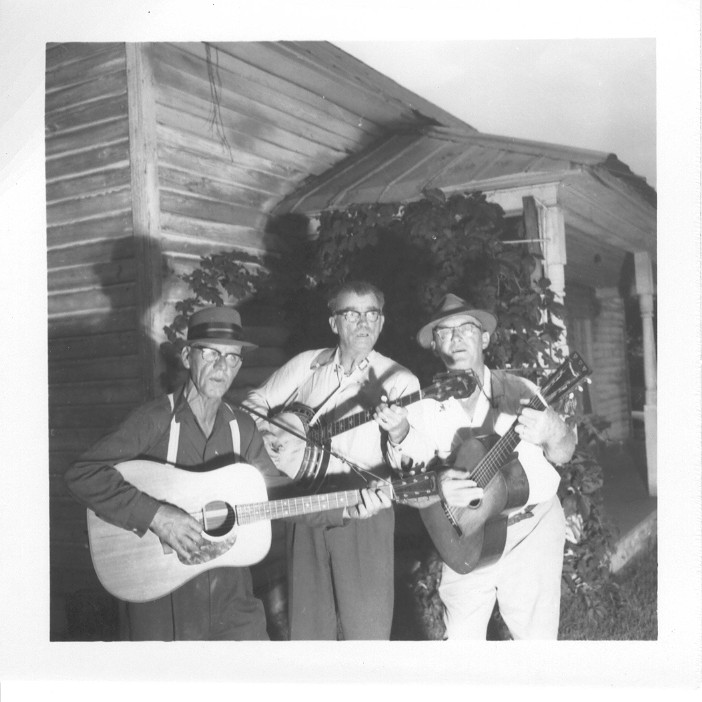



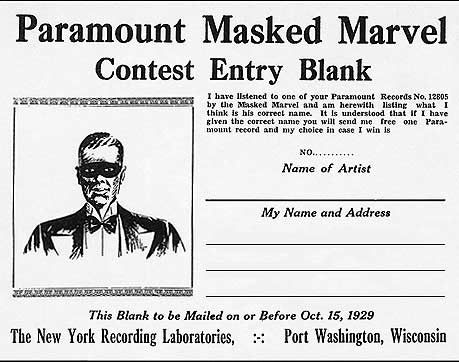

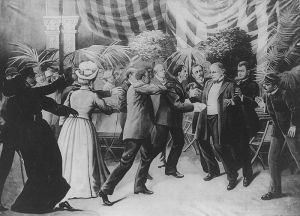





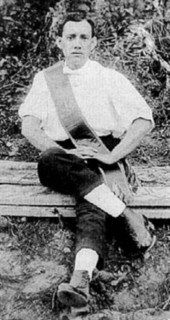
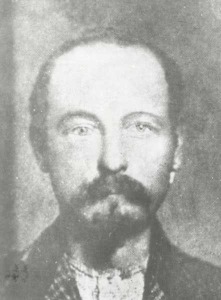
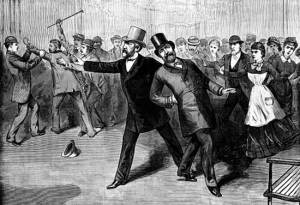
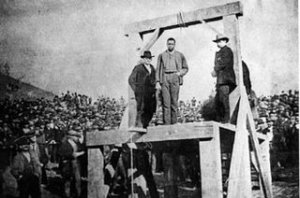
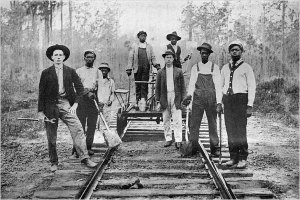

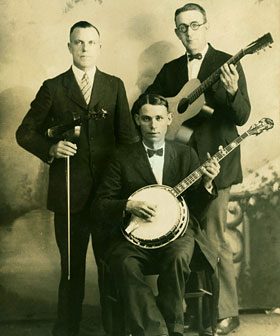





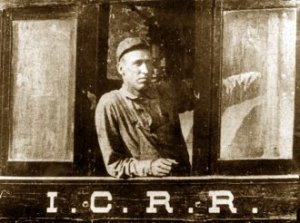





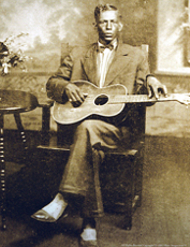
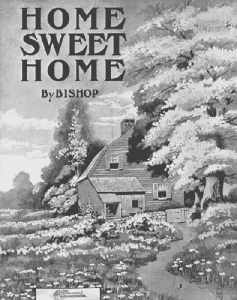



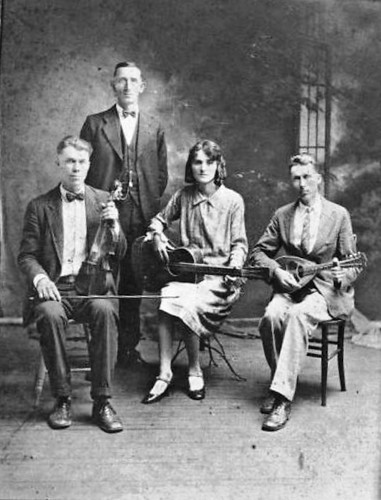




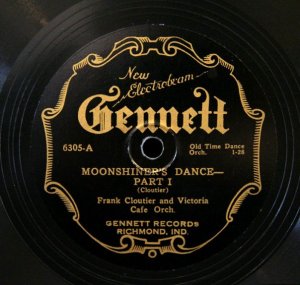











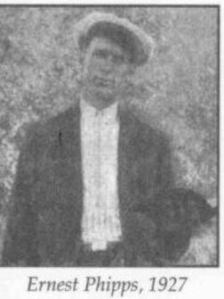






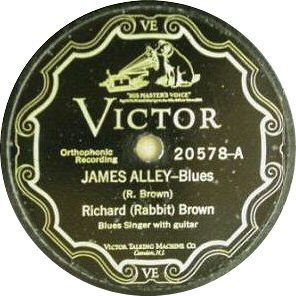
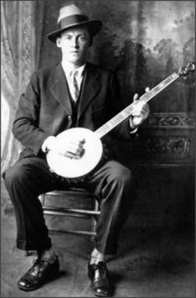


It’s always a fine pleasure to read your informed stories about the roots of american music.
The author writes: “{Ballads} were passed down orally from generation to generation in the British Isles since medieval times and many immigrants to the New World took them and continue to sing them there, especially in the appalachian mountains.”
Continuing propagation of an old myth! More traditional ballads were collected in New England than in the Appalachian South. Also, this fails to recognize the great number of ballads that were made in the USA, not imported from the British Isles.
A shame to cheapen a fine essay with inaccuracies.
Hi Joel, sorry for my “inaccuracies” but i thought from what i read on the subject that it was especially in the Appalachian mountains that people continued to sing the old ballads but i didn’t say only there . I also wrote about the american ballads in my text by the way.